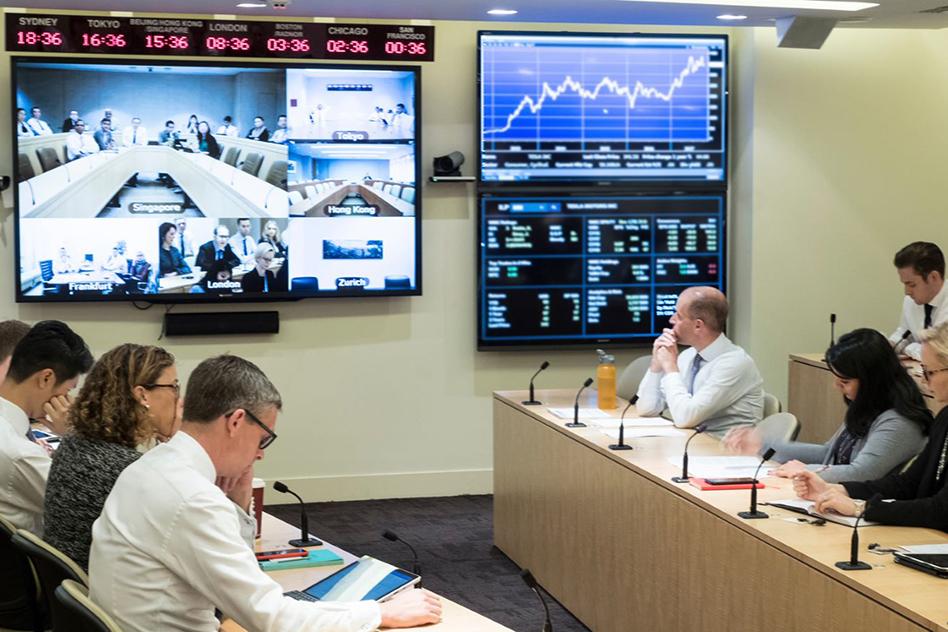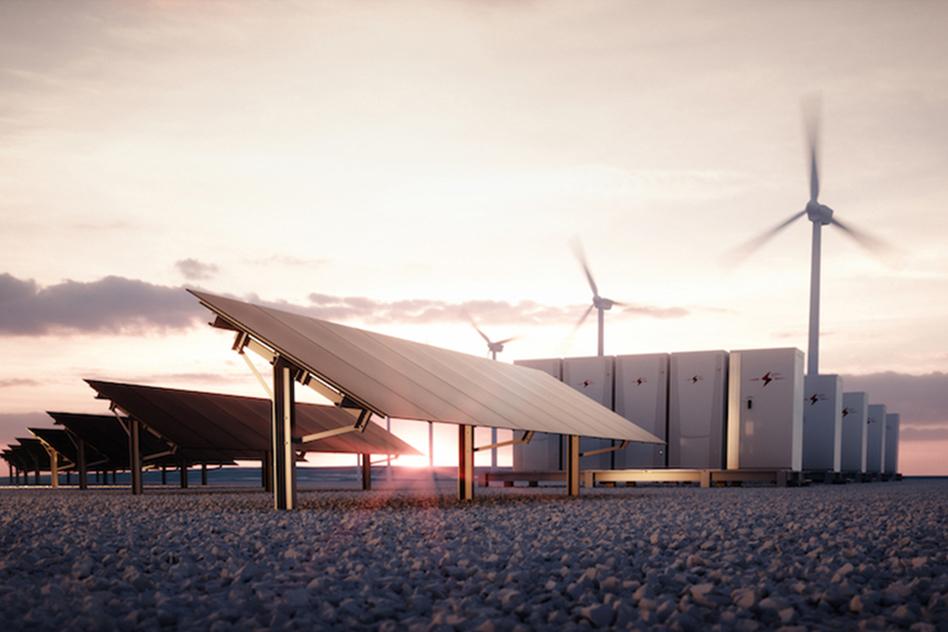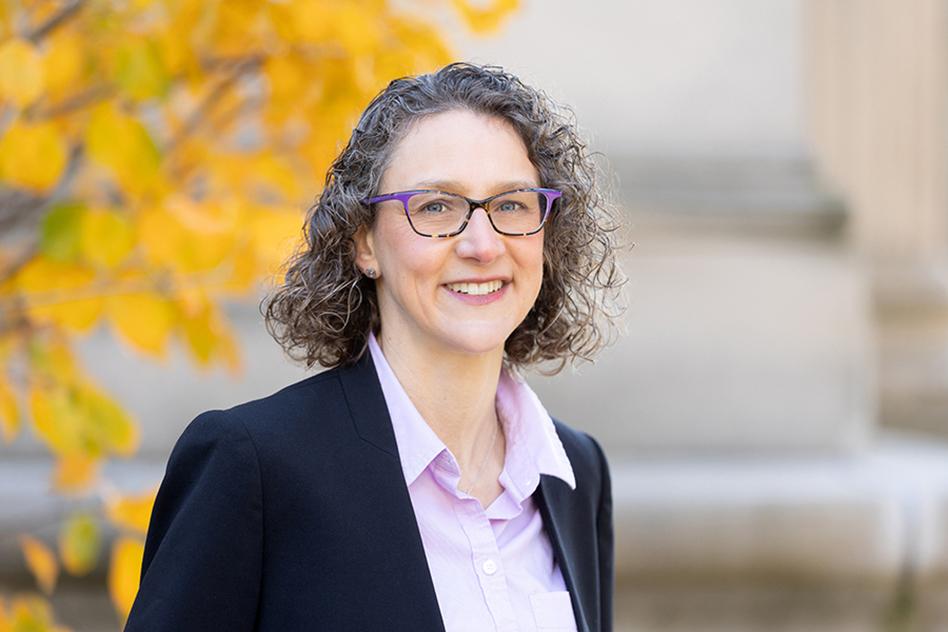News + Media

Study shows how a carbon tax can both accelerate reductions in greenhouse gas emissions and not hurt low-income households (United Nations)
A new UN video on climate change explains how carbon pricing can help advance a transition to a low-carbon future. The video features an MIT Joint Program/National Renewable Energy Laboratory (NREL) study in the journal Climate Change Economics showing how a carbon tax can both accelerate...

A new UN video on climate change explains how carbon pricing can help advance a transition to a low-carbon future. The video features an MIT Joint Program/National Renewable Energy Laboratoray (NREL) study in the journal Climate Change Economics showing how a carbon tax can both accelerate...

BOSTON, January 27, 2022—Wellington Management and the Joint Program on the Science and Policy of Global Change at the Massachusetts Institute of Technology today announced the formation of a climate change research collaboration. The alliance will bolster Wellington’s current research on the...

New MITEI consortium focuses on speeding the energy transition, engaging with industrial leaders to deploy clean energy advances at scale
The MIT Energy Initiative (MITEI) has launched a new research consortium — the Future Energy Systems Center — to address the climate crisis and the role energy systems can play in solving it. This integrated effort engages researchers from across all of MIT to help the global community reach its...

Inaugural MIT Environmental Solutions Initiative Journalism Fellows reflect on their experiences telling local climate stories (ESI)
Last summer, Nora Hertel, a reporter for the St. Cloud Times in central Minnesota, visited a farm just northeast of the Twin Cities run by the Native American-led nonprofit Dream of Wild Health. The farm raises a mix of vegetables and flowering plants, and has a particular focus on cultivating...


On January 12, 2022, MIT Joint Program Research Scientist Kenneth Strzepek presented a talk entitled "The role of Nile water resources in the economic development of Egypt and Ethiopia, and the potential impacts of the GERD filling policies." The talk was part of "The Nile River Basin in Crisis...

Arlene Fiore uses satellite data paired with ground observations to refine our understanding of ozone smog and interactions with meteorology and climate
Climate change and air pollution are interlocking crises that threaten human health. Reducing emissions of some air pollutants can help achieve climate goals, and some climate mitigation efforts can in turn improve air quality.
One part of MIT Professor Arlene Fiore’s research program is...

The 1.5 degrees goal can be a ‘useful spur to action,’ but it’s not a make or break point. Importantly, each 0.1-degree increase avoided is ’cause for celebration and hope.’ (Yale Climate Connections)
“Keep 1.5 alive” emerged as the haunting refrain of the recent United Nations climate conference in Glasgow. Although a well-intentioned rallying cry, it raises important questions about how the chant is to be interpreted. Unfortunately, 1.5° centigrade is often presented as an immutable crisis...

New findings may help researchers hone predictions for where phytoplankton will migrate with climate change
Prochlorococcus are the smallest and most abundant photosynthesizing organisms on the planet. A single Prochlorococcus cell is dwarfed by a human red blood cell, yet globally the microbes number in the octillions and are responsible for a large fraction of the world’s oxygen production as they...

